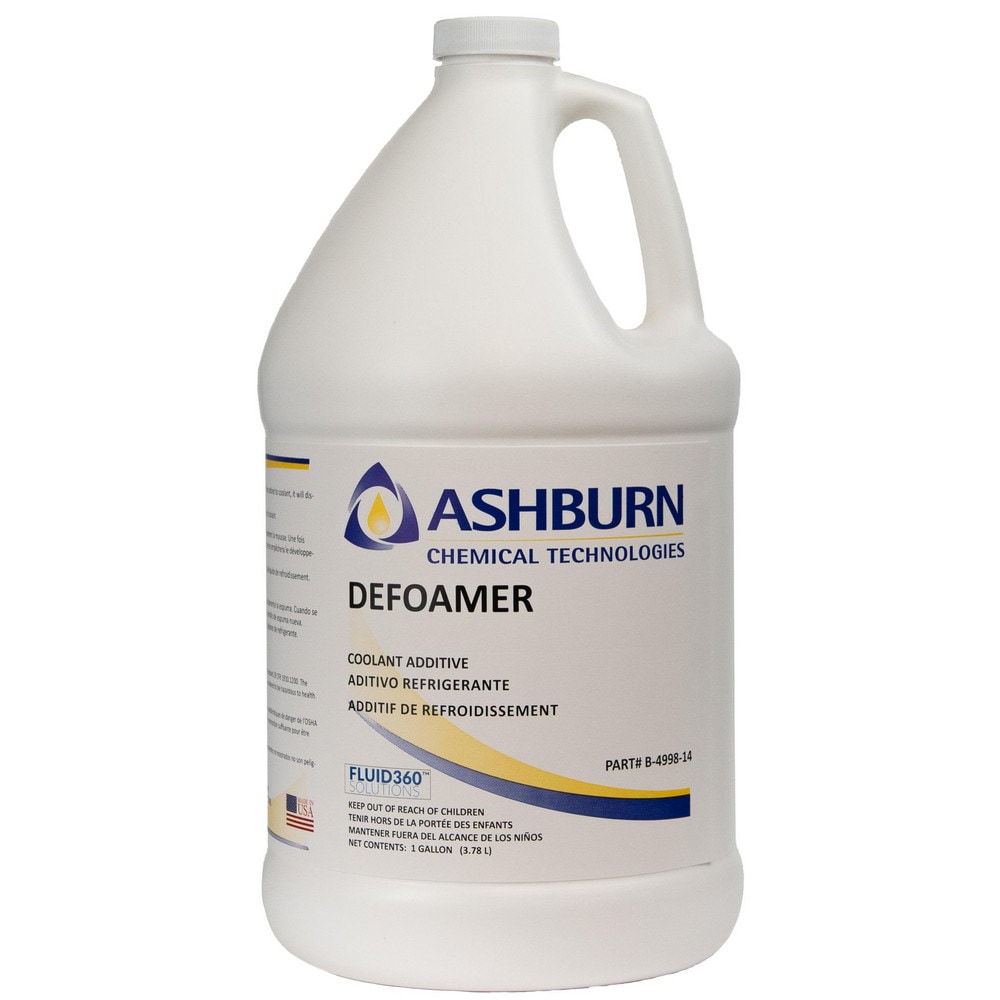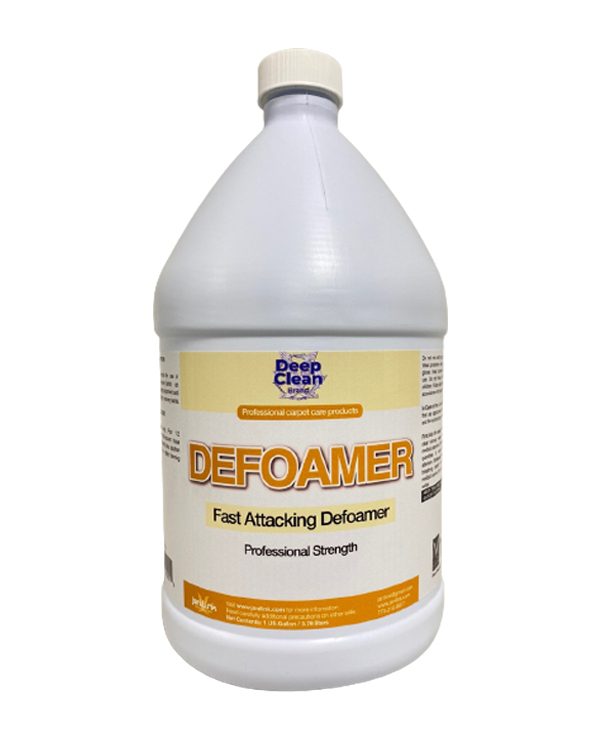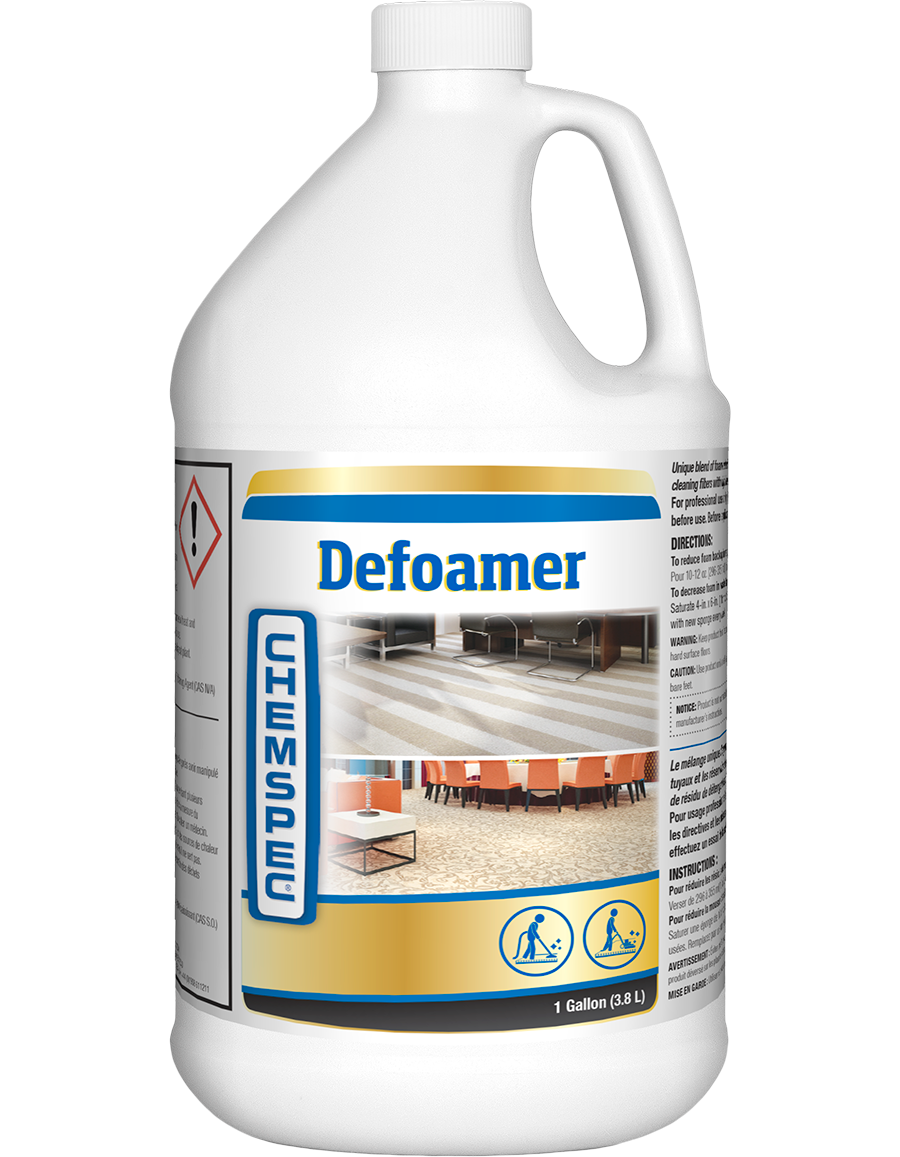Just How a Chemical Defoamer Can Boost Efficiency in Your Procedures and Processes
In today's affordable commercial landscape, functional performance is vital, and the duty of a chemical defoamer can not be overlooked. By addressing foam-related challenges that interfere with procedures, defoamers not only facilitate smoother procedures yet additionally add to set you back savings and enhanced product top quality.
Recognizing Chemical Defoamers
Chemical defoamers play a critical duty in different industrial processes by effectively lowering and protecting against foam development. Foaming can cause operational inadequacies, enhanced manufacturing costs, and endangered product high quality. Defoamers are specialized chemical additives made to interfere with the stability of foam bubbles, thereby making it possible for smoother processing and improved performance across numerous markets, including food and drink, pharmaceuticals, and wastewater treatment.

These representatives commonly are composed of surfactants, oils, or polymeric compounds that reduced the surface stress of the liquid, assisting in the collapse of foam. The mechanism through which defoamers operate commonly involves the destabilization of foam frameworks, allowing for quicker water drainage of fluid and the release of entraped air. Different solutions are customized to specific applications, taking right into account factors such as compatibility with the system, temperature, and the nature of the fluid being treated.
Understanding the structure and capability of chemical defoamers is vital for choosing the suitable item for an offered application. By optimizing defoamer choice based upon process demands, sectors can enhance functional performance, mitigate foam-related challenges, and ultimately improve general performance.
Benefits of Using Defoamers
Using defoamers can dramatically improve functional performance across various markets by properly mitigating foam-related issues. The existence of foam can interfere with procedures, leading to increased downtime, decreased efficiency, and possible top quality degradation in final product. Defoamers aid deal with these difficulties by damaging down foam frameworks, therefore allowing for smoother operations.
One of the primary benefits of using defoamers is the reduction of waste and rework. By reducing foam formation, defoamers improve the consistency of processes, guaranteeing that materials are utilized effectively. This not only reduces functional costs but also adds to sustainability initiatives by reducing resource consumption.
Additionally, defoamers can boost product high quality. In producing setups, too much foam can lead to disparities in item features, influencing client satisfaction. By controlling foam levels, defoamers aid maintain the preferred physical residential properties of products.

Applications in Numerous Industries
The performance of defoamers prolongs throughout a vast array of sectors, where their application addresses particular foam-related challenges fundamental to every market. In the food and drink industry, defoamers are essential for enhancing manufacturing procedures, such as developing and dairy products handling, where extreme foam can prevent circulation prices and decrease effectiveness. By decreasing foam, these representatives boost item quality and uniformity.
In the chemical manufacturing market, defoamers are utilized in procedures like paint production and wastewater treatment. Below, they protect against foam formation that can hinder mixing and different phases, thereby boosting the general efficiency and efficiency of operations.
In pharmaceuticals, defoamers play a vital role in the solution of fluid medicines, ensuring proper dosage and stability by managing foam throughout mixing and storage. (Chemical Defoamer)
In addition, in the farming sector, defoamers are utilized in chemical formulations to boost application performance and minimize waste.
Selecting the Right Defoamer
Choosing the ideal defoamer is vital for attaining ideal efficiency in different applications. The option procedure need to begin with a detailed understanding of the certain problems available, including the kind of foam present, the handling problems, and the chemical compatibility with other solution parts.
Defoamers are created from a variety of materials, consisting of silicone, mineral oils, and fats. Determining the best make-up is vital, as different products exhibit varying performance in varied settings. For example, silicone-based defoamers are typically preferred in high-temperature applications because of their stability, while organic defoamers may be better for water-based systems.
In addition, take into consideration the defoamer's influence on the final item. Some formulas can modify the aesthetic or useful properties, making it essential to select a defoamer that meets product specs without jeopardizing top quality.
Checking is one more crucial step in choosing a defoamer. Small tests can supply important understandings right into the defoamer's performance, permitting for adjustments before full-scale application. By meticulously reviewing these factors, businesses can improve effectiveness and make certain that the defoamer successfully satisfies their operational requirements.
Best Practices for Execution
Implementing a defoamer successfully calls for mindful preparation and adherence to best practices to optimize its effectiveness. Initially, conduct a comprehensive analysis of the particular application and foam attributes. Recognizing the kind and source of foam will certainly guide the option of the most appropriate defoamer solution.
Following, develop the optimum dose (Chemical Defoamer). Start with a small trial to identify the minimal efficient concentration, as too much usage can cause adverse results on item high quality or operational effectiveness
Surveillance and changing the application technique is important; make sure that the defoamer is introduced at the appropriate point while doing so for maximum effect, such as during mixing or instantly after foam formation.

Furthermore, keep clear interaction with all pertinent workers to make sure regular application techniques and to share understandings on performance outcomes.
Final Thought
Finally, the use of chemical defoamers plays a critical role in enhancing operational performance throughout diverse markets. By efficiently destabilizing foam, these representatives promote quicker drainage and air release, thus view decreasing disruptions and lowering costs. The calculated application of defoamers not only enhances throughput however also guarantees constant product quality and resource optimization. Ultimately, the consolidation of defoamers right into commercial procedures promotes dependability and adds to overall efficiency enhancement.

In the food and drink industry, defoamers are essential for optimizing production processes, such as developing about his and milk processing, where too much foam can prevent circulation rates and lower performance. Silicone-based defoamers are commonly preferred in high-temperature applications due to their security, while organic defoamers might be extra ideal for water-based systems.